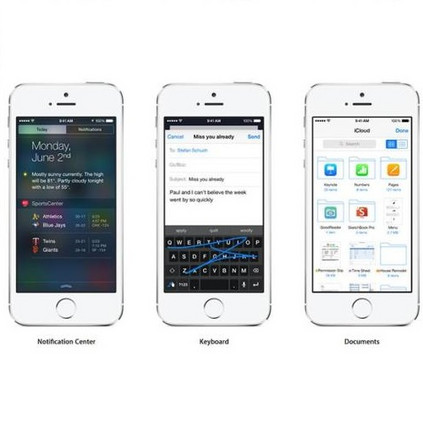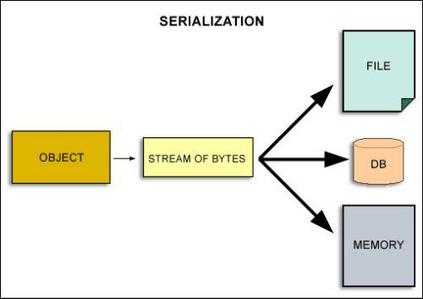The end-to-end Human Mesh Recovery (HMR) approach has been successfully used for 3D body reconstruction. However, most HMR-based frameworks reconstruct human body by directly learning mesh parameters from images or videos, while lacking explicit guidance of 3D human pose in visual data. As a result, the generated mesh often exhibits incorrect pose for complex activities. To tackle this problem, we propose to exploit 3D pose to calibrate human mesh. Specifically, we develop two novel Pose Calibration frameworks, i.e., Serial PC-HMR and Parallel PC-HMR. By coupling advanced 3D pose estimators and HMR in a serial or parallel manner, these two frameworks can effectively correct human mesh with guidance of a concise pose calibration module. Furthermore, since the calibration module is designed via non-rigid pose transformation, our PC-HMR frameworks can flexibly tackle bone length variations to alleviate misplacement in the calibrated mesh. Finally, our frameworks are based on generic and complementary integration of data-driven learning and geometrical modeling. Via plug-and-play modules, they can be efficiently adapted for both image/video-based human mesh recovery. Additionally, they have no requirement of extra 3D pose annotations in the testing phase, which releases inference difficulties in practice. We perform extensive experiments on the popular bench-marks, i.e., Human3.6M, 3DPW and SURREAL, where our PC-HMR frameworks achieve the SOTA results.
翻译:3D机构重建成功采用了最终到最终的人类网目恢复(HMR)方法。然而,大多数基于HMR的框架通过直接学习图像或视频的网格参数,对人体进行重建,直接学习图像或视频中的网格参数,同时缺乏对视觉数据3D外形的清晰指导。结果,生成的网格往往显示对复杂活动构成的不正确。为了解决这一问题,我们提议利用3D来校准人体网格。具体地说,我们开发了两个新型的Pose校准框架,即PC-HMR和平行的PC-HMR。通过以序列或平行方式将高级3D构成的测算器和HMR组合起来,这两个框架能够有效地用一个简明的组合校准模块来校正人类网格。此外,由于校准模块的设计不精准,我们的PC-HMRR框架可以灵活地处理骨骼变异,以缓解校正的校正模型。我们的框架基于数据驱动的学习和几何建模框架的通用和互补框架。 Via-lay-de-me-deal 模块模块模块模块模块和HMMRMM,它们能够高效地在图像测试阶段中实现图像/图解的图像/图解。




